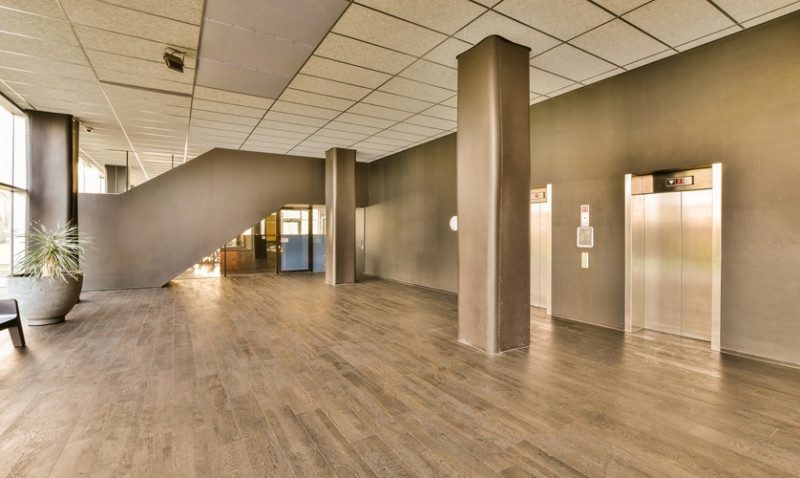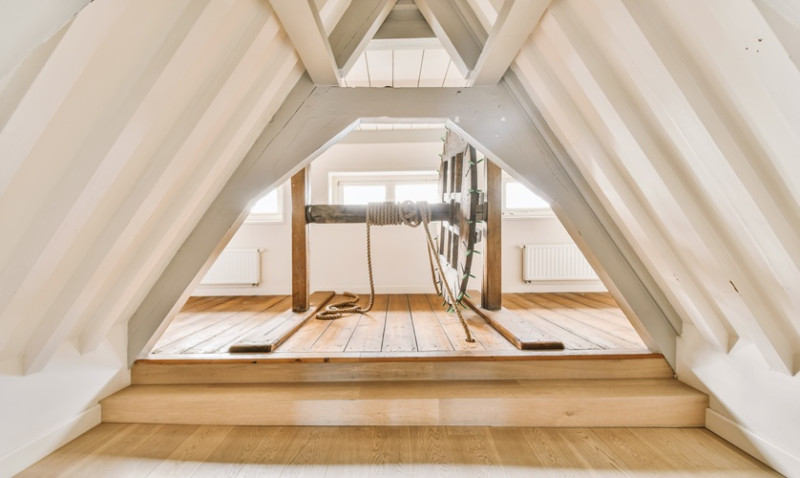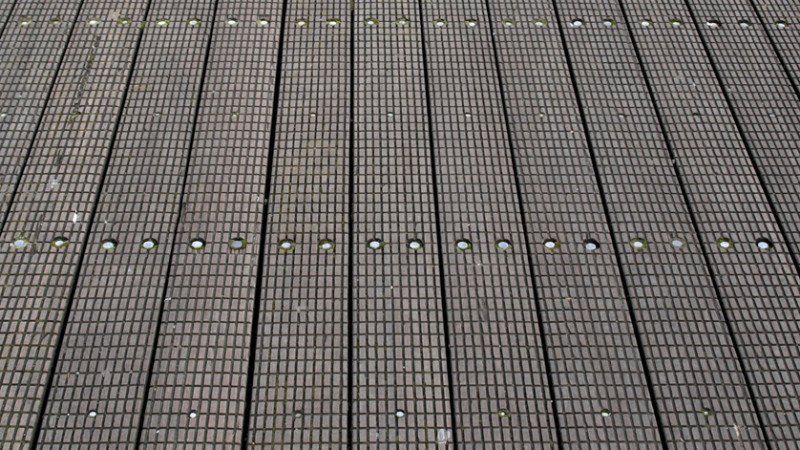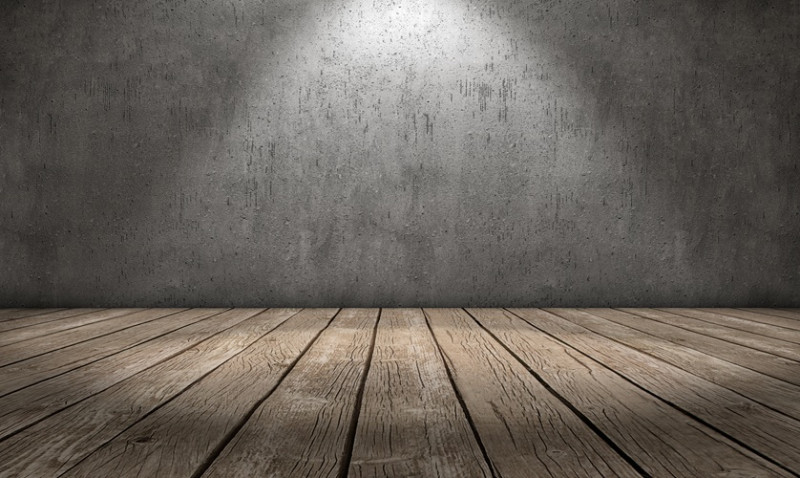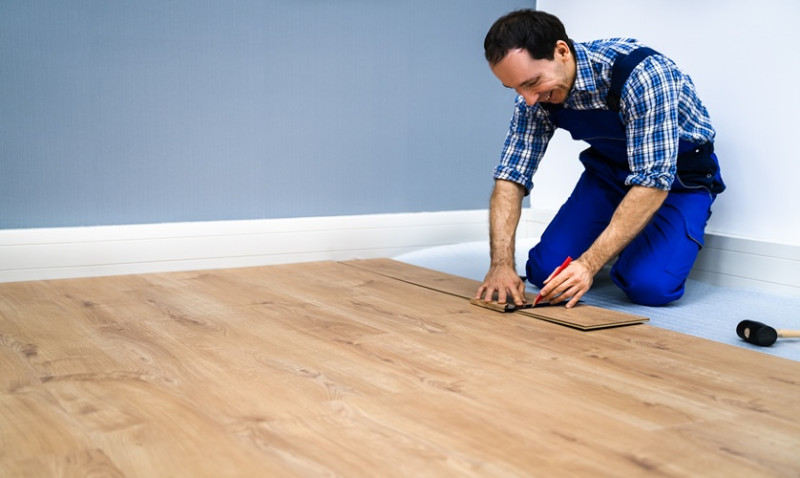
When it comes to upgrading your floors, the decision often comes down to two popular choices: vinyl and laminate flooring. For homeowners and professionals across the UK – from design-minded young professionals in London flats to experienced tradesmen renovating countryside cottages – understanding the difference between these materials can make all the difference.
In this article, we’ll explore the pros and cons of vinyl vs laminate flooring, looking at everything from water resistance to styles, fit, durability and cost-effectiveness. We'll help you make an informed decision that suits your style, budget and space – whether you're tackling a weekend DIY project or specifying finishes for a full house renovation.
What Is Vinyl Flooring?
Vinyl flooring is a synthetic product made primarily from plasticisers and PVC (polyvinyl chloride). It’s known for being highly durable, affordable, and water-resistant – making it a popular choice for bathrooms, kitchens and utility rooms across the UK.
Luxury Vinyl Tiles (LVT) and sheet vinyl are two main types. LVT mimics the look of wood or stone and typically comes in planks or tiles that click or glue down. Sheet vinyl, on the other hand, comes in large rolls and is usually glued down. Both provide a smooth, seamless finish.
Thanks to advanced print and embossing technologies, modern vinyl floors can be indistinguishable from real wood or stone at a glance. This is appealing to UK homeowners who want a high-end aesthetic without the high-end price tag or maintenance issues.
Vinyl is also popular with commercial spaces, landlords, and tradesmen due to its scratch resistance and ease of cleaning, making it ideal for high-traffic areas or rental properties where durability is key.
What Is Laminate Flooring?
Laminate flooring, though synthetic like vinyl, is constructed differently. It typically consists of four layers: a wear layer, a photographic layer that mimics natural materials, a high-density fibreboard (HDF) core, and a stabilising back layer.
Laminate planks are known for their hard-wearing surface, which resists dents and scratches. Thanks to click-lock installation systems, they're a go-to for DIYers across the UK looking to upgrade floors quickly and with minimal mess.
Laminate has evolved significantly over the years. High-definition printing and textured finishes give a realistic wood or stone feel underfoot, which appeals to architects and interior designers wanting natural aesthetics without the cost or upkeep of real timber or stone.
However, it's worth noting that traditional laminate isn't waterproof – making it more suitable for living rooms, bedrooms, and hallways rather than kitchens or bathrooms. That said, water-resistant and waterproof laminate ranges are now available, offering more flexible usage.
Vinyl vs Laminate: Key Differences
While both materials are designed to deliver the look of hardwood or stone at a fraction of the price, key differences exist in their composition, feel, installation style, and performance. Here's a quick breakdown:
| Feature | Vinyl Flooring | Laminate Flooring |
|---|---|---|
| Material | Fully synthetic (PVC-based) | HDF core with synthetic overlay |
| Water Resistance | Highly water-resistant and often 100% waterproof | Usually water-resistant, but not always waterproof |
| Durability | Very durable, good for high-traffic or commercial use | Durable but susceptible to water damage if not sealed well |
| Installation | Click-lock or glue-down; thinner and more flexible | Click-lock floating floor; thicker and more rigid |
| Comfort Underfoot | Softer and quieter | Harder surface, can sound louder underfoot |
| Style Options | Wide range including wood, stone, ceramic looks | Primarily wood-look, some stone options |
| Maintenance | Easy to clean; waterproof means minimal worry | Also easy to clean, but water spills should be wiped quickly |
| Lifespan | 10-20 years (depending on quality and care) | 10-15 years (may last longer with proper care) |
| Cost | Budget to premium ranges (£10–£40/m²) | Slightly more affordable (£8–£30/m²) |
Pros and Cons of Vinyl Flooring
Pros:
- 100% waterproof options – ideal for bathrooms, kitchens, and basements
- Highly durable against scratches and dents
- Comfortable and quiet underfoot
- Easy to maintain – simple sweeping and occasional mopping
- Stunning range of realistic finishes, often hard to distinguish from wood
Cons:
- Can be more expensive than budget laminates
- Lower-end vinyl may feel plasticky
- Not ideal for heavy furniture or sharp objects – may leave marks
Pros and Cons of Laminate Flooring
Pros:
- Hardwearing surface – resistant to wear, impact, and fading
- Easy DIY installation with click-lock systems
- Affordable with a premium look
- Excellent variety of wood-look finishes for classic interiors
- Can be fitted with underlay to improve warmth and reduce sound
Cons:
- Traditional laminate is not waterproof – avoid in wet areas
- May be noisy underfoot without proper underlay
- Can swell or become damaged if water seeps through joints
Best Rooms to Use Each Flooring Type
Choosing the best type of flooring often comes down to where you plan to use it. Bathrooms, for example, demand water-proofing that only vinyl can reliably deliver. Laminate, while stylish, performs best in drier areas.
Vinyl is ideal for: kitchens, bathrooms, utility rooms, basements, and homes with pets or kids where spills are regular.
Laminate is best suited to: lounges, bedrooms, dining rooms, hallways, and home offices – spaces where you want warmth and style in equal measure.
If you're a tradesman fitting floors in social housing or rental properties, vinyl may reduce call-backs thanks to its durability and water tolerance. If you're an interior designer working on a boutique refurb', the choice between vintage-effect laminate or distressed vinyl might boil down to aesthetics and price point.
Which Is Easier to Install?
Both laminate and vinyl feature DIY-friendly installation systems, but with slight differences. Laminate is generally installed as a floating floor, meaning the planks click together and 'float' above the subfloor with no adhesive. This makes it simple to install and remove.
Vinyl flooring comes in both click-fit and glue-down formats. Click-Fit LVT is as straightforward as laminate, while glue-down requires extra preparation and is typically better left to professionals. However, it does offer more stability – appealing to architects or tradesmen fitting floor in busy environments like shops or hallways.
If you're working on a weekend project in your UK home, laminate or click LVT will be the easier choice. But if you're fitting a bathroom, vinyl will be quicker to clean, longer-lasting and waterproof – well worth the extra effort or cost.
Environmental Impact and Sustainability
More UK buyers are now considering the sustainability of their building choices. Vinyl’s PVC formulation means it’s not biodegradable and less eco-friendly. However, many brands, especially those sold in the UK and EU, are now offering phthalate-free and recyclable vinyl ranges.
Laminate flooring can also carry environmental concerns due to the adhesives and formaldehyde sometimes used in the HDF core. That said, UK and EU regulations are strict about emissions, and many manufacturers now offer low-VOC and FSC-certified laminate products.
For the environmentally conscious shopper, it’s key to check the label. Look for UKCA, FSC, FloorScore or E1-rated products to ensure a lower environmental impact.
Final Verdict: Vinyl vs Laminate – Which Should You Choose?
Ultimately, both vinyl and laminate flooring offer fantastic options for stylish, durable, and cost-effective floors across homes and commercial spaces throughout the UK. The right choice depends on where you're installing it, your budget, and your desired look.
Choose vinyl if you:
- Need a waterproof solution for kitchens or bathrooms
- Want a hardwearing, low-maintenance surface
- Prefer a softer, quieter surface underfoot
Choose laminate if you:
- Are fitting in dry areas like lounges, bedrooms or offices
- Want that real wood look and solid feel underfoot
- Plan to fit the floor yourself quickly with minimal fuss
Ready to Find Your Perfect Floor?
Whether you're a trade professional fitting out an entire development or a DIY enthusiast working on your first renovation, making the right flooring choice can transform your space. Browse our full range of high-quality vinyl and laminate floors available with UK-wide delivery and expert advice just a call or click away.
Need help choosing? Our specialist sales team is happy to offer tips, samples, or even recommend trusted installers near you. Get in touch today and start your renovation journey the right way!
